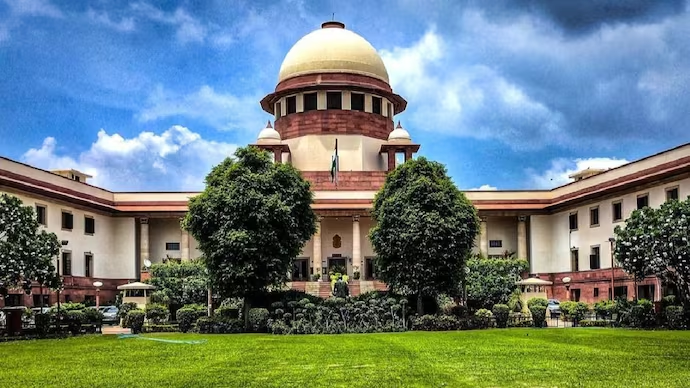New Delhi, May 19, 2025 — In a historic verdict, the Supreme Court of India has determined that every retired High Court judge should receive the same pension benefits, regardless of when they were appointed, their length of service, or how they were recruited. This judgment applies the “One Rank One Pension” (OROP) principle to the judiciary, ensuring uniformity and fairness in post-retirement benefits.
Key Highlights of the Supreme Court’s Ruling:
- Uniform Pension Entitlement: The Court declared that all retired High Court judges, including those appointed from the district judiciary and the Bar, as well as additional and permanent judges, are entitled to the same pension benefits. This move aims to eliminate disparities that previously existed based on the mode of recruitment or the date of appointment.
- Pension Amounts: Pension Details: According to the latest guidelines, retired Chief Justices of High Courts will be granted an annual pension of ₹15 lakh, whereas other retired High Court judges will receive ₹13.5 lakh per year.
- Family Pension: The Court also ordered that family pensions, including those for widows and dependents, be standardized across all categories of retired judges, ensuring equitable support for their families.
- Legal Precedent: The ruling emphasizes that any discrimination among judges concerning terminal benefits after retirement is a violation of Article 14 of the Constitution, which guarantees equality before the law.
Implications of the Judgment:
This decision is expected to have significant implications for the judiciary’s functioning and the welfare of its members. By standardizing pension benefits, the Supreme Court aims to uphold the dignity and independence of the judiciary, ensuring that all judges are treated equitably post-retirement.
The implementation of this ruling will require coordination between the central government and the respective High Courts to adjust pension disbursements accordingly. Legal experts anticipate that this move could set a precedent for similar reforms in other areas of public service, promoting fairness and equality in retirement benefits.





